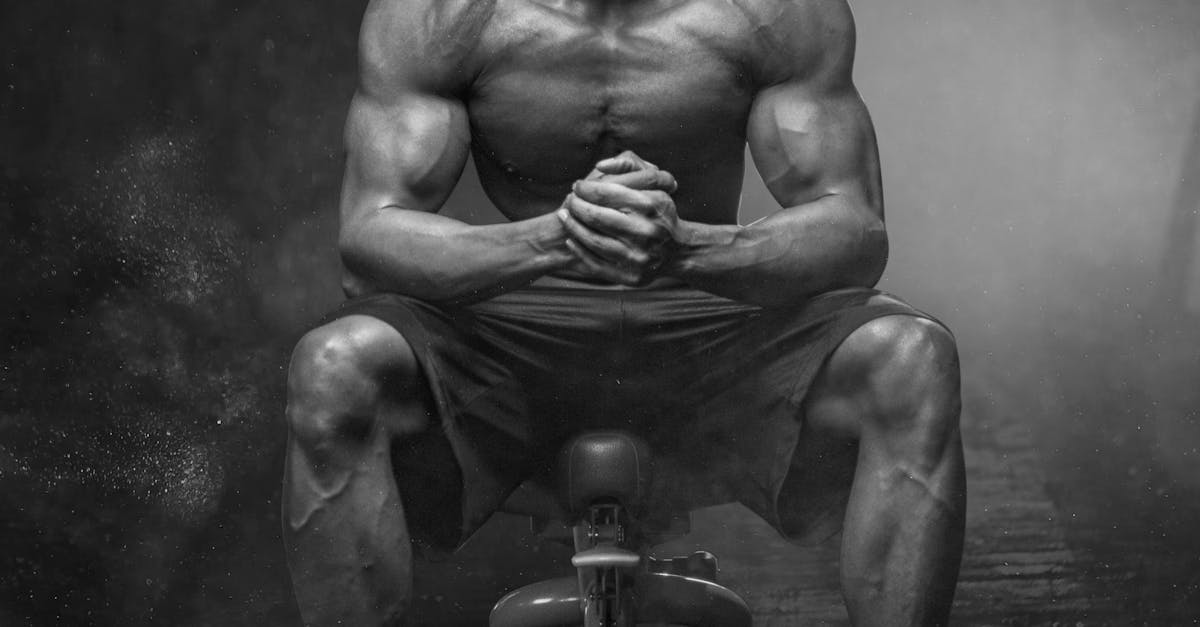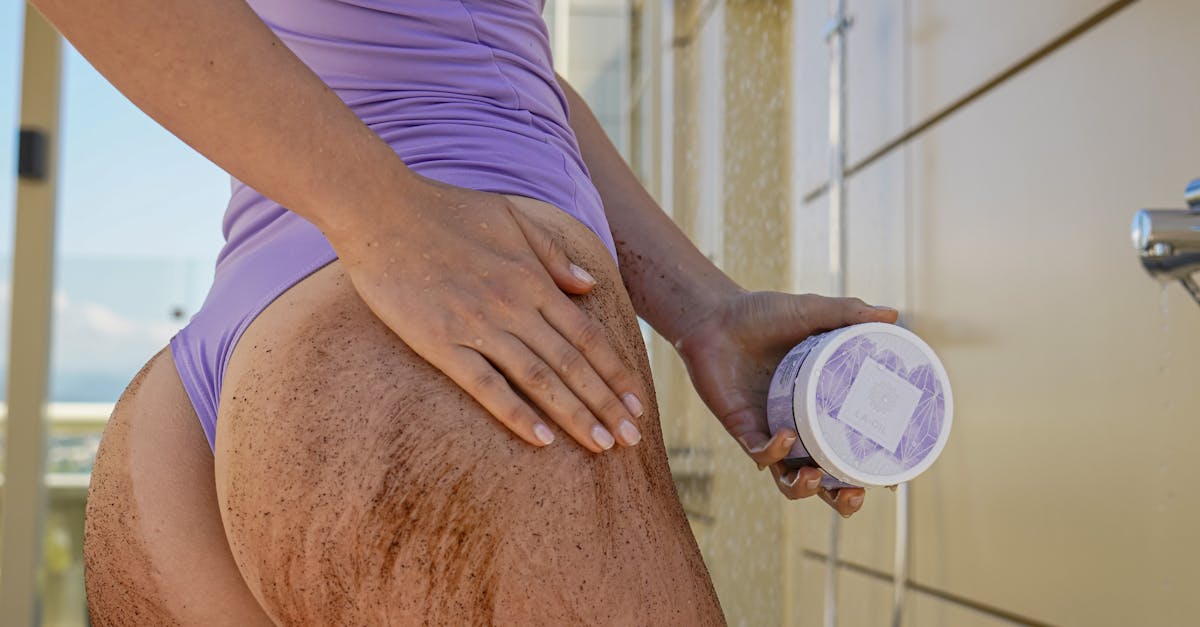Tight Outer Hip Muscles: Expert Techniques for Relief and Enhanced Mobility
Relieving Tight Outer Hip Muscles: A Comprehensive Guide to Enhanced Mobility

Introduction
Dealing with the discomfort caused by tight outer hip muscles can be a frustrating experience. These muscles, located on the sides of your hips, play a crucial role in your mobility and stability. When they become tight, it can lead to pain, stiffness, and reduced range of motion, affecting your daily activities and overall well-being.
Understanding the causes and impact of outer hip muscle tightness is the first step towards finding relief and enhancing your mobility. This article delves into various factors that contribute to this condition, such as poor posture, muscle imbalances, and underlying injuries. It also explores effective stretching techniques, strengthening exercises, and lifestyle modifications that can help alleviate discomfort and improve the health of your outer hip muscles.
By following the expert techniques outlined in this article, you can effectively address outer hip muscle tightness, restore flexibility, and regain optimal mobility. Whether you’re an athlete looking to improve performance or simply someone seeking pain relief, this comprehensive guide provides practical strategies to help you achieve your goals.
1. Understanding Outer Hip Muscle Tightness: Causes and Impact
Understanding Outer Hip Muscle Tightness: Causes and Impact
Tightness in the outer hip muscles, also known as the lateral hip muscles, can stem from a variety of causes. One common factor is poor posture. When you sit or stand for extended periods with your hips flexed and internally rotated, it can lead to shortening and tightness in these muscles. This is often seen in individuals who work at desks or drive for long hours.
Muscle imbalances can also contribute to outer hip muscle tightness. Weak gluteal muscles, which are responsible for hip extension and external rotation, can cause the outer hip muscles to overcompensate, leading to tightness and pain. This imbalance is often seen in athletes who engage in activities that require repetitive hip flexion, such as running or cycling.
Underlying injuries, such as hip impingement or labral tears, can also cause outer hip muscle tightness as the muscles try to protect the injured area. In such cases, it is important to seek professional medical advice to address the underlying injury and prevent further discomfort.
Understanding the causes of outer hip muscle tightness is essential for developing effective treatment and prevention strategies. By addressing the underlying factors, you can alleviate discomfort, restore optimal mobility, and improve your overall well-being.
2. Stretching Techniques for Outer Hip Muscle Relief

Stretching Techniques for Outer Hip Muscle Relief
Relieving tightness in the outer hip muscles requires regular stretching to restore flexibility and range of motion. Here are a few effective stretches that target these muscles:
- Figure-Four Stretch: Lie on your back with your knees bent and feet flat on the floor. Cross your right ankle over your left knee and pull your left knee towards your chest. Hold the stretch for 20-30 seconds and repeat on the other side.
- Clam Shell Stretch: Lie on your side with your knees bent and feet together. Lift your top knee towards the ceiling while keeping your feet together. Hold the stretch for 20-30 seconds and repeat on the other side.
- Hip Flexor Stretch: Kneel on one knee with your other leg extended behind you. Keep your back straight and lean forward until you feel a stretch in the front of your hip. Hold the stretch for 20-30 seconds and repeat on the other side.
These stretches can effectively release tension and improve flexibility in the outer hip muscles. Incorporate them into your daily routine or warm-up before exercise to alleviate discomfort and enhance your mobility.
3. Strengthening Exercises for Outer Hip Mobility
Strengthening Exercises for Outer Hip Mobility
Strengthening the outer hip muscles is crucial for improving overall mobility and stability. Incorporate these targeted exercises into your routine to enhance the strength and function of these muscles:
- Side-Lying Hip Abduction: Lie on your side with your legs extended. Lift your top leg straight up, keeping your hips and pelvis stable. Slowly lower your leg back down. Perform 10-12 repetitions on each side.
- Clamshell Exercise: Lie on your side with your knees bent and feet together. Lift your top knee while keeping your feet together. Slowly lower your leg back down. Perform 10-12 repetitions on each side.
- Fire Hydrant Exercise: Start on your hands and knees. Lift your right leg out to the side, keeping your knee bent at 90 degrees. Slowly lower your leg back down. Perform 10-12 repetitions on each side.
These exercises effectively strengthen the outer hip muscles, improving their ability to support and stabilize the hip joint. Regular performance of these exercises can enhance your mobility and reduce the risk of pain and discomfort.
4. Massage and Foam Rolling for Tight Outer Hips

Massage and Foam Rolling for Tight Outer Hips
Massage and foam rolling techniques can be highly effective in alleviating tension and promoting relaxation in the outer hip muscles. Here’s an overview of their benefits and how to use them:
- Massage: Massage therapy involves applying pressure and manipulating the soft tissues of the outer hip muscles. This helps to release tension, improve circulation, and reduce pain. You can perform self-massage using your hands or a massage ball, or seek professional massage therapy for a more targeted and thorough treatment.
- Foam Rolling: Foam rolling is a self-massage technique that involves using a foam roller to apply pressure to the outer hip muscles. This helps to break down adhesions, improve flexibility, and reduce muscle soreness. To foam roll the outer hip muscles, place the foam roller under your hip and gently roll back and forth, applying pressure as needed.
Regular massage and foam rolling can significantly improve the health and function of the outer hip muscles. Incorporate these techniques into your routine to relieve tension, enhance mobility, and reduce the risk of pain and discomfort.
5. Lifestyle Modifications to Prevent Recurrence
Lifestyle Modifications to Prevent Recurrence
To reduce the risk of outer hip muscle tightness recurrence, adopting certain preventive measures is crucial. Here are a few key lifestyle modifications to consider:
- Maintain Good Posture: Poor posture, such as sitting for extended periods with your hips flexed and internally rotated, can contribute to outer hip muscle tightness. Make a conscious effort to maintain good posture throughout the day, especially when sitting or standing for long periods.
- Participate in Regular Exercise: Regular exercise helps to strengthen and maintain the flexibility of the outer hip muscles. Incorporate activities such as walking, swimming, cycling, or yoga into your routine to keep these muscles healthy and functional.
- Ensure Adequate Hydration: Dehydration can lead to muscle tightness and discomfort. Drink plenty of water throughout the day to stay hydrated and support the overall health of your muscles, including the outer hip muscles.
By adopting these lifestyle modifications, you can significantly reduce the risk of outer hip muscle tightness recurrence and maintain optimal mobility and comfort.
Quiz
1. True or False: Poor posture can contribute to outer hip muscle tightness.
2. Multiple Choice: Which of the following is NOT an effective stretching technique for outer hip muscle relief?
(a) Figure-Four Stretch (b) Hamstring Stretch (c) Clam Shell Stretch
3. True or False: Strengthening the outer hip muscles is important for improving overall mobility.
4. Multiple Choice: Which of the following is a benefit of massage for tight outer hips?
(a) Releases tension (b) Improves circulation (c) Reduces pain (d) All of the above
5. True or False: Maintaining good posture is a preventive measure to reduce the risk of outer hip muscle tightness recurrence.
Answer Key
- True
- (b) Hamstring Stretch
- True
- (d) All of the above
- True
